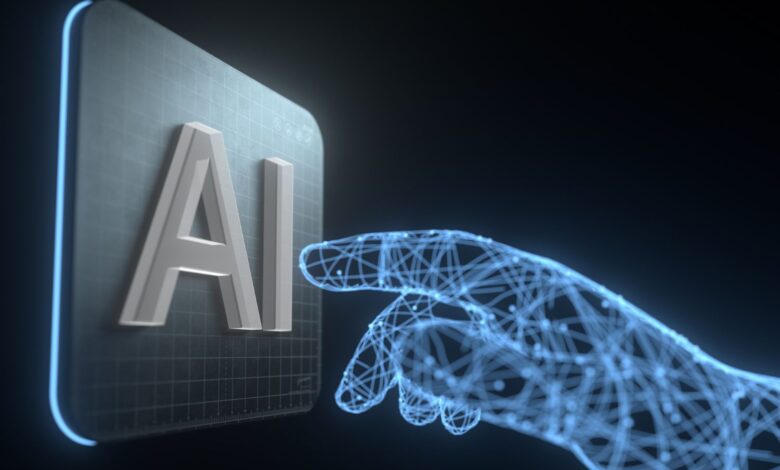
With artificial intelligence playing a growing role in today’s economy, it’s important to remember that while AI is a powerful tool, human insight, personal experiences, and even failures remain critical to its impact and overall business success. Humans must remain in the mix to assess the value of AI insights, implement and manage AI, and ensure ethical decision-making.
Concerns about AI impacting job displacement continue as the technology evolves, however I also see it as an opportunity. AI is designed to enhance human expertise, not replace it. There is a strong middle ground where AI-driven automation and human professionals can come together as a highly effective solution. And, in certain fields like software engineering, AI will create more jobs and higher demand for the workforce to upskill.
The following four examples demonstrate how AI combined with human oversight can lead to greater success.
- AI does not have the benefit of experiencing failure
Success can be achieved through luck or hard work. Long-term, repeatable success often requires wisdom and keen insights that accompany trial-and-error, mistakes, and failure. Learning what to do is half the battle; failure teaches us what not to do.
While AI is highly effective at solving problems, synthesizing information, and enabling access to keen insights, it doesn’t have the benefit of adversity fueling unique approaches to new or unforeseen circumstances – knowing to adjust course based on intuition or experience instead of merely leveraging training or source data to make decisions or provide guidance. In short, even with the power of AI, there is no substitute for human experience.
- AI addresses the mundane
When used correctly, AI has the power to free up valuable time and resources so people can focus on what matters – innovation and strategy that drives company growth. Administrative duties, data analysis, research, scheduling, and more are all essential, but can be time-consuming and energy-draining, resulting in job burn-out and lower productivity. In a recent global study by Indeed, 78% of respondents are not thriving at work and 57% are not happy at work most of the time.
AI provides an opportunity to massively cut down on mundane tasks – in some cases eliminate them altogether – improving employee experiences. This ultimately can lead to higher job satisfaction and free up time for more strategic work and a healthier work-life balance.
- AI lacks ethical judgment and decision-making
AI is at a stage of impressive accuracy, quality, and speed; however, it lacks intangible human factors that go into real-life complex thinking and decision-making. It isn’t ready to undertake human qualities that accentuate empathy, ethics, and morality. Based solely on algorithms, virtually all scenarios involving AI-based decisions require some level of human involvement.
Take a risk management scenario for example – you’re halfway through a project and AI flags a potential budget overrun or delay that you didn’t see coming. Luckily, you’ve got the insight needed to adjust before things go off the rails, but what comes next is human intervention and decision-making. While a positive catch, a shift midway through a project will most likely have repercussions, and choices must be carefully communicated to team members, and perhaps even potential end users or investors – AI cannot do this.
AI may be able to identify the unexpected, but it does not analyze with reason. It is human experience, feelings, and empathy that will drive the ethical approach to address an issue.
- AI needs humans for system integration
AI needs to work within business systems already in place, and this requires specialized expertise to ensure smooth integration. Professional service providers offer the technical know-how needed to adapt AI solutions effectively and tailor them to align with organizational goals. Professional services also provide ongoing support and training to ensure seamless operation and management of AI-powered solutions.
Introducing AI to your workflow doesn’t have to be overwhelming. Start with a smaller project and see how AI fits into your process. From there, you can gather real-world feedback, make necessary adjustments, and let your team ease into the change. The smoother the integration, the less disruptive AI will be to your team’s current workflow.
Final thoughts
We are living in a world where the adoption of AI is becoming more of a necessity, rather than a luxury. If you, or your company, isn’t using or thinking about it, you could miss out on significant time and money savings. That said, the human touch alongside AI remains essential. AI provides a great toolset to surface data, issues, and the like, but it requires a human-in-the-loop to leverage it properly.
By embracing this collaborative approach, companies will discover that AI can increase productivity while preserving the impact of human expertise. It is this synergy that will help streamline decision-making, enhance accuracy, and empower teams to focus more time and energy on innovation and strategic growth.





